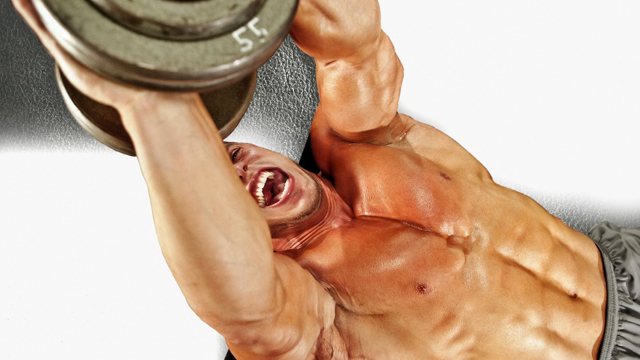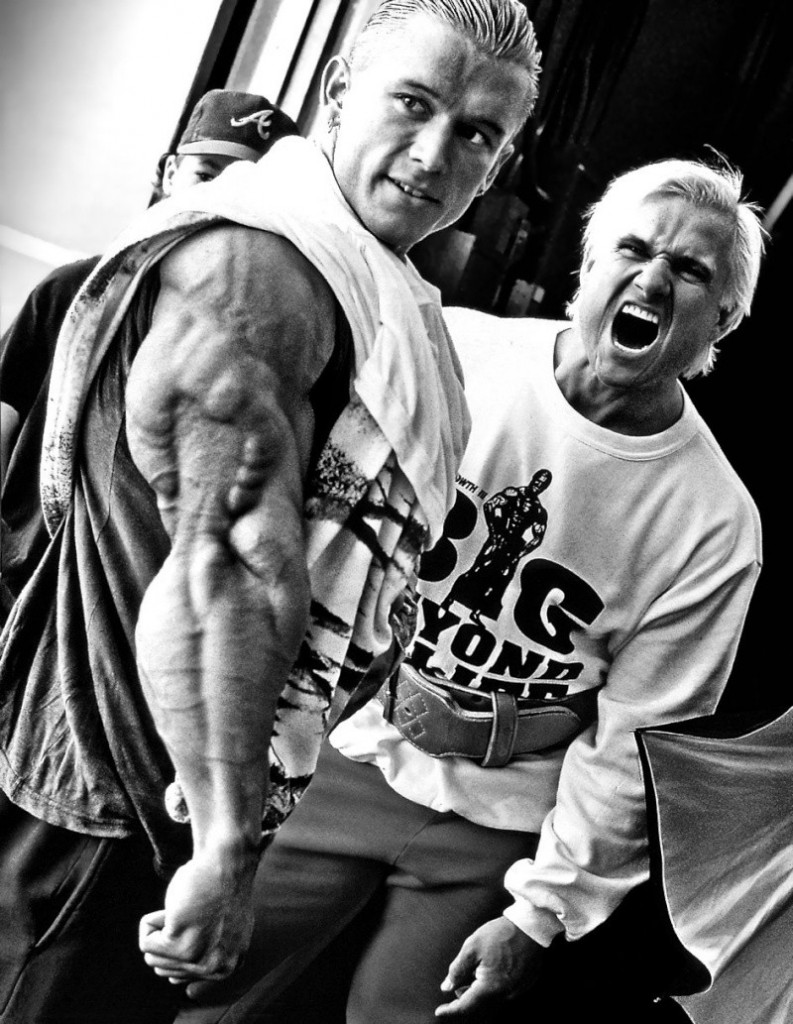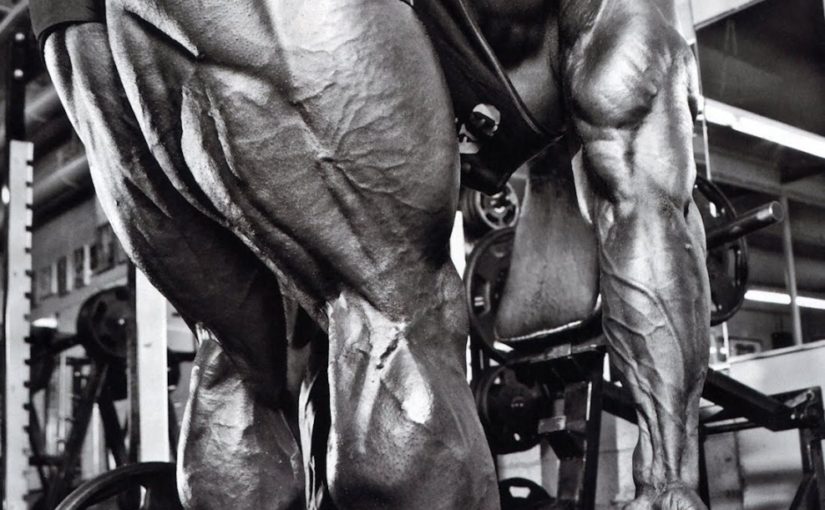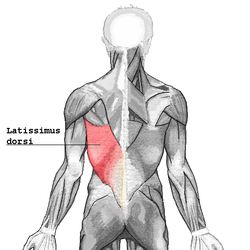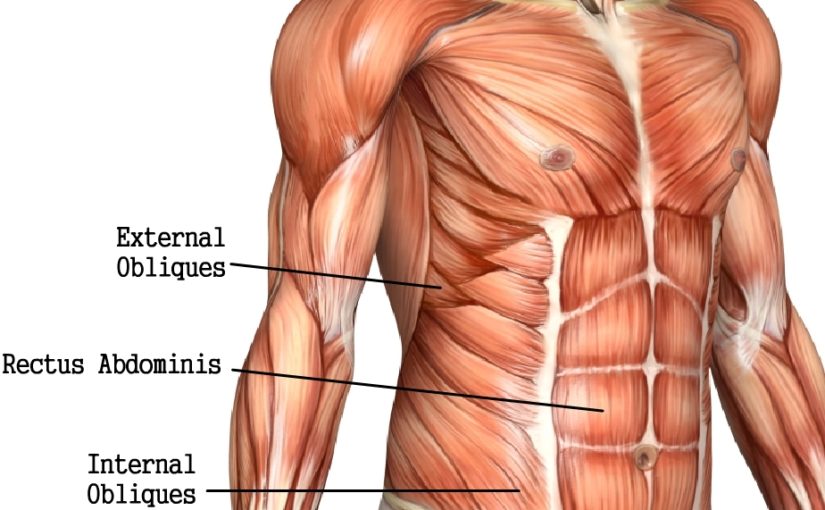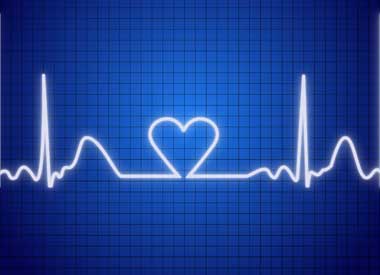 Putting Faith In Your Workouts
Putting Faith In Your Workouts
For those of you who know me on a personal level, my heart’s main focus isn’t set on the gym life that has surrounded my career, but my life that I have given to God and faith in Him.
Now-a-days every gym I’ve come across you have those big power-lifting gym rats that hang out in the corner by the power rack…Ever seen them? Occasionally one will get up from his seat, wrap his calloused hands around the bar, and deadlift 500 lbs until his face is red and his manly groans can be heard through the loudest music in my headphones. The others stand at his sides and yell and curse till the last rep is complete. These tend to be the leaders of the gym in their own minds, but are they leaders that can be looked up to in a Godly perspective? The young kids look in awe and ask for advice, and the regular lifters keep quiet but still wish they were that big…
In these gyms, it is easy to say that the biggest guys are the ones to look up to. And not all of them would be considered bad role models. However in my mind, what truly makes a man a MAN, is not how much weight he can throw around, or how many young kids ask for the “secrets” to his success, but how he presents himself as a man of God; staying humble in the greatest times of achievement and respect.
Not every person that walks in the gym knows Jesus as their Savior, and I’m not saying these people are bad whatsoever, but as young OR experienced lifters, we should look up to those who help us in a way that in pleasing to Christ: Which is why I’m writing this article about faith in the first place!
When was there a time when you saw someone in the gym, young, old, big or small that was reading their Bible before their workout began?? Needless to say I’ve NEVER seen this happen. Not even once. I even lift at a gym located at a church! Doesn’t God ask us as Believers in Him to be unashamed of His Word and to reach those who don’t know Him? In my opinion, this is the BEST way to not only be a shining example of Jesus in our everyday lives, but to also give ALL the glory to him even in our sessions at the gym. If we aim for Jesus to be first place in our lives, wouldn’t that mean we should also set him first in our workouts? Why not!
When this faith-filled approach popped into my mind it was clear as day.
Some days the gym will be packed out, and others you might be the only one there. And there will be times when an excuse might come into your head to skip reading the Bible today; “Oh I’ll just do it when I get home.” Can’t tell you how many times I’ve said that to myself. Shame on me. I know I’m not perfect, but Lord knows I’m forgiven…
So here’s my challenge for you: Give God the opportunity to be the center of your muscle building experience. Whether you’re in the locker room, sitting on the bench, training at home, or in the corner by the power rack with your lifting buddies, ask God to bless your workout and to be a shining example of God’s love to the rest of this world. He will never let you down and that’s a promise.
The very first time I did this I was nervous to see what it would be like. I walked into the gym with my bag in hand filled with all my nutritional vitamins and supplements; sat down in the corner on some step-up benches, pulled out my Bible and started praying. I asked the Lord to fill me with the strength I needed to progress in my training, to let me be a shining example to those around me, and to open my mind to the verses He wanted me to read that day. I opened up to James which is one of my favorite books of the Bible and it read: “24 You see that a man is justified by works and not faith alone…26 For just as the body without the spirit is dead, so also faith without works is dead.”
This gave me the confidence I needed and God showed me that putting him first in every aspect of my life, including my lifting sessions would be rewarding. Having faith that God will strengthen you in your workouts will not be enough, but through Works (Reading your Bible and speaking to others about God), you will be blessed I have no doubt.
I know most of you reading this may not have a personal relationship with Jesus, but if you are interested in hearing more about faith then don’t hesitate to send me and email and I will be glad to help out!
Oh and for those of you who need some pumping-up kind of music, I suggest Lacrae, Thousand Foot Krutch, Manafest, or Pillar. GREAT stuff…
Your Trainer in Christ,


 No Pain, No Gain: Muscle Focus
No Pain, No Gain: Muscle Focus